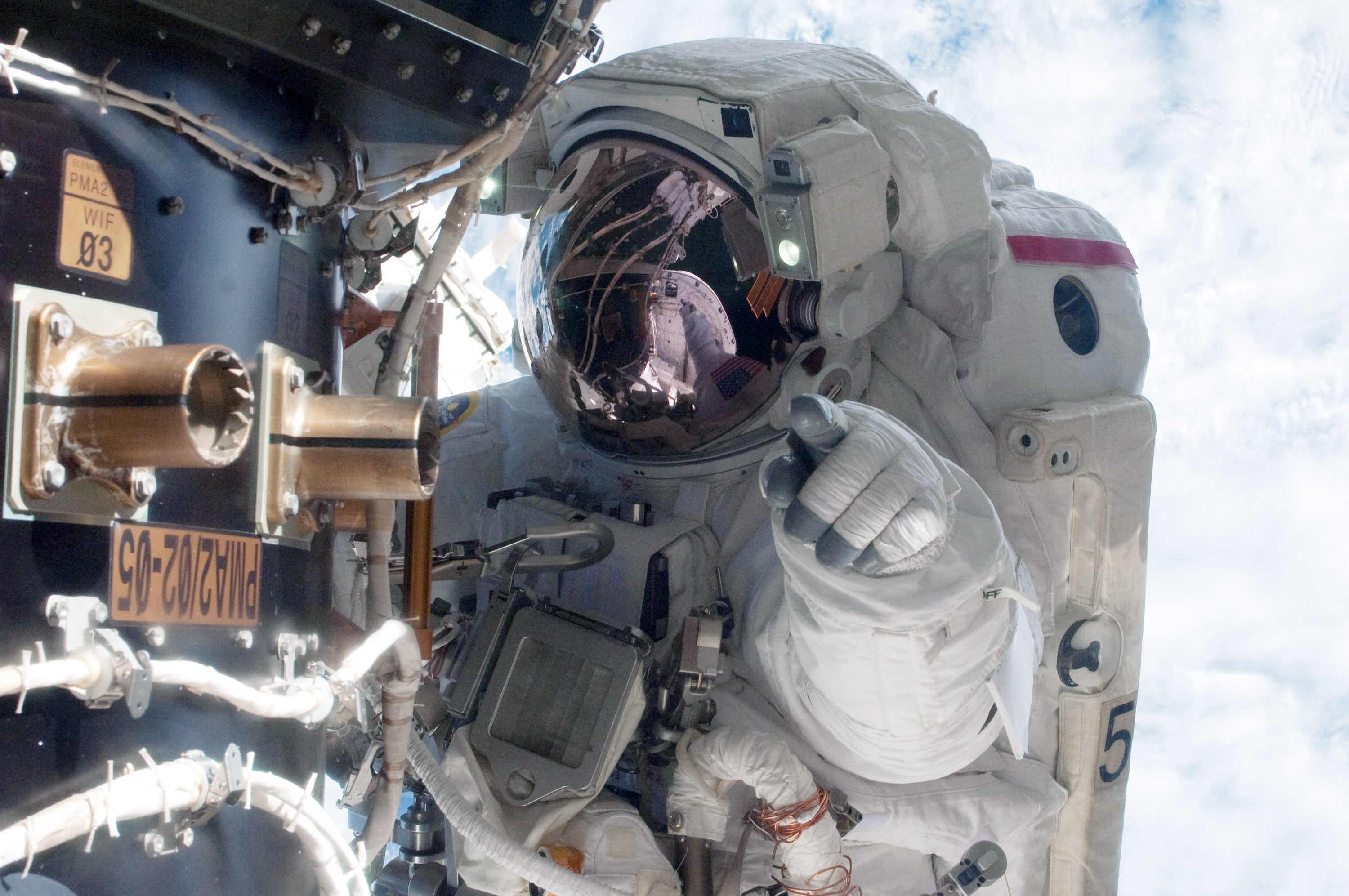Astronauts successfully edit genes in space for first time in experimental procedure
Yeast cells were damaged, and repaired, on board the International Space Station for research that could make astronauts safer as we travel to new worlds

Astronauts have successfully performed an experimental gene editing procedure in space for the first time.
The process, which aims to study DNA repair in yeast cells that can be conducted entirely in space, is vital for astronaut safety. Damage to DNA can occur as a result of environmental factors, such as exposure to ultraviolet light.
Outside of Earth’s protective atmosphere, that risk is even greater due to the ionising radiation (heat or light that removes electrons from atoms) that permeates space.
The new technique, applied on board the International Space Station, uses CRISPR/Cas9 genome editing technology to create precise damage to DNA. Scientists can then study the repair mechanisms in better detail than would be possible using radiation, which is harder to use in targeted ways. The technique focuses on double-strand breaks, which are one of the most harmful types of DNA damage as they can cause cell death.
The yeast cell experiment was the first time an organism had its genome edited, the DNA repaired, and then sequenced, all in a spaceflight environment. Future research could build on these methods to better mimic complex DNA damage – leading to new ways to protect spacefarers – as well as investigations into other long-term space exposure and exploration.
"It’s not just that the team successfully deployed novel technologies like CRISPR genome editing, PCR, and nanopore sequencing in an extreme environment, but also that we were able to integrate them into a functionally complete biotechnology workflow applicable to the study of DNA repair and other fundamental cellular processes in microgravity," said Sebastian Kraves, senior author of the study which was published in Plos One.
"These developments fill this team with hope in humanity’s renewed quest to explore and inhabit the vast expanse of space."
Developments to help astronauts survive better in space are being made in a number of areas. A suncream made of skin pigment is being developed to shield them from lethal x-ray radiation, using a material that has never been found to exist in nature.
It was also recently discovered that sperm can survive in space for 200 years without damage to its DNA, which will help scientists plan for mammals – including humans – reproducing outside of our own planet.
Join our commenting forum
Join thought-provoking conversations, follow other Independent readers and see their replies
Comments
Bookmark popover
Removed from bookmarks